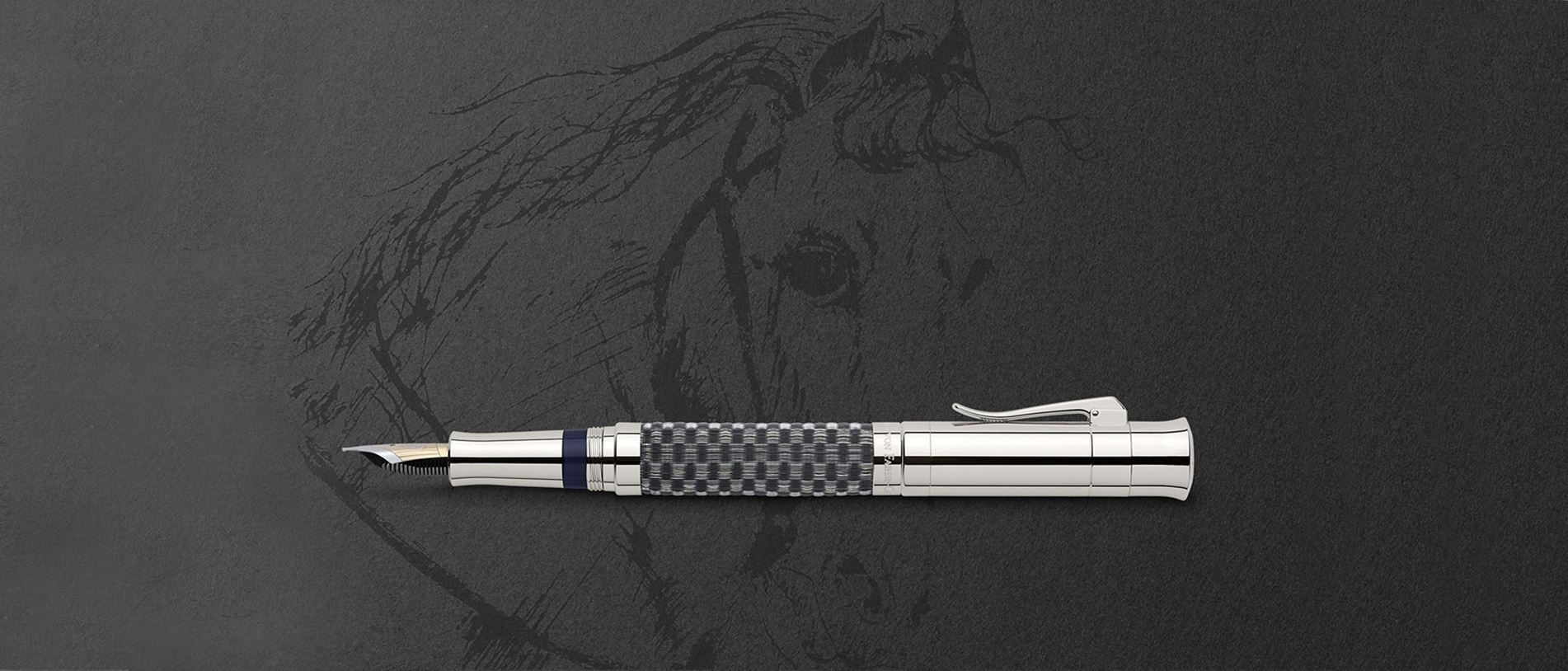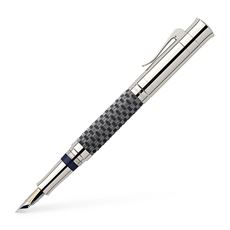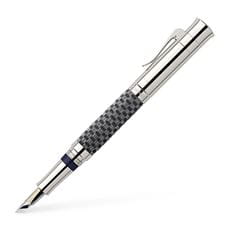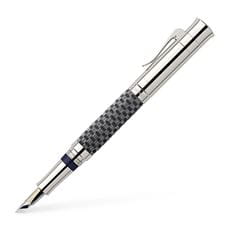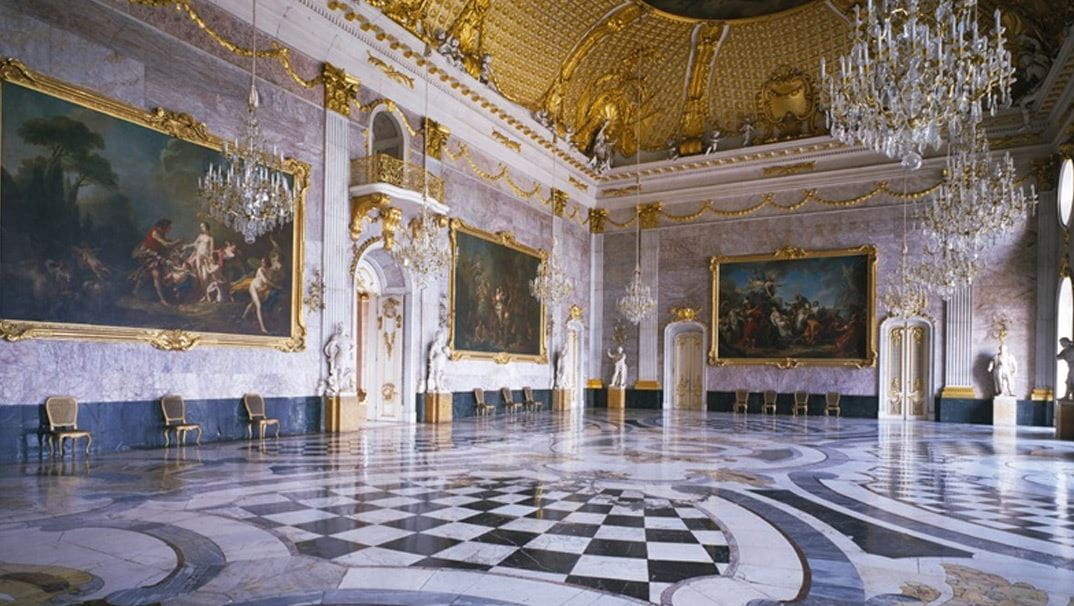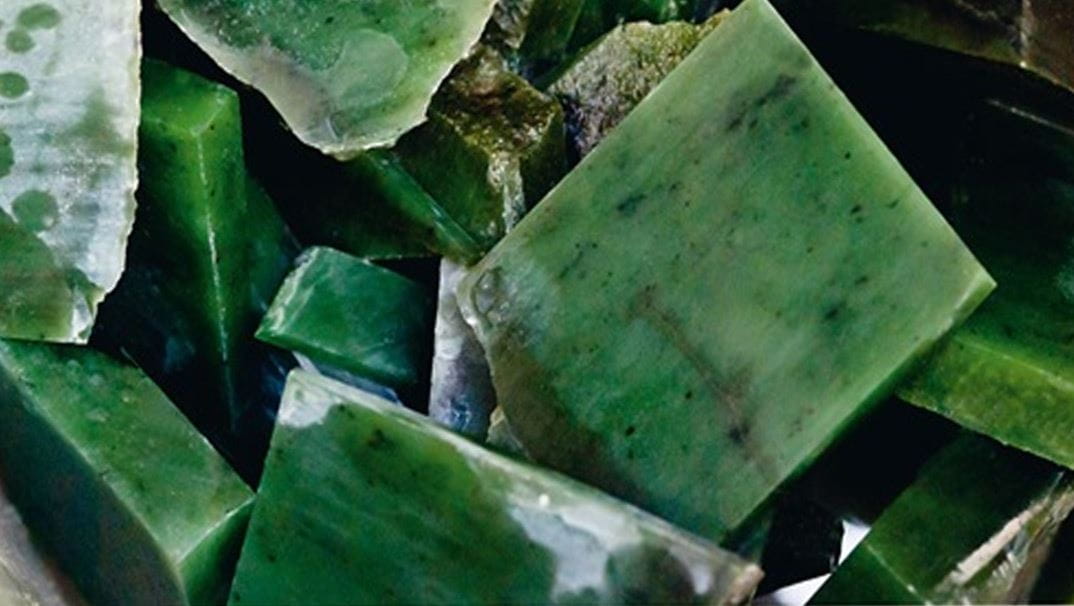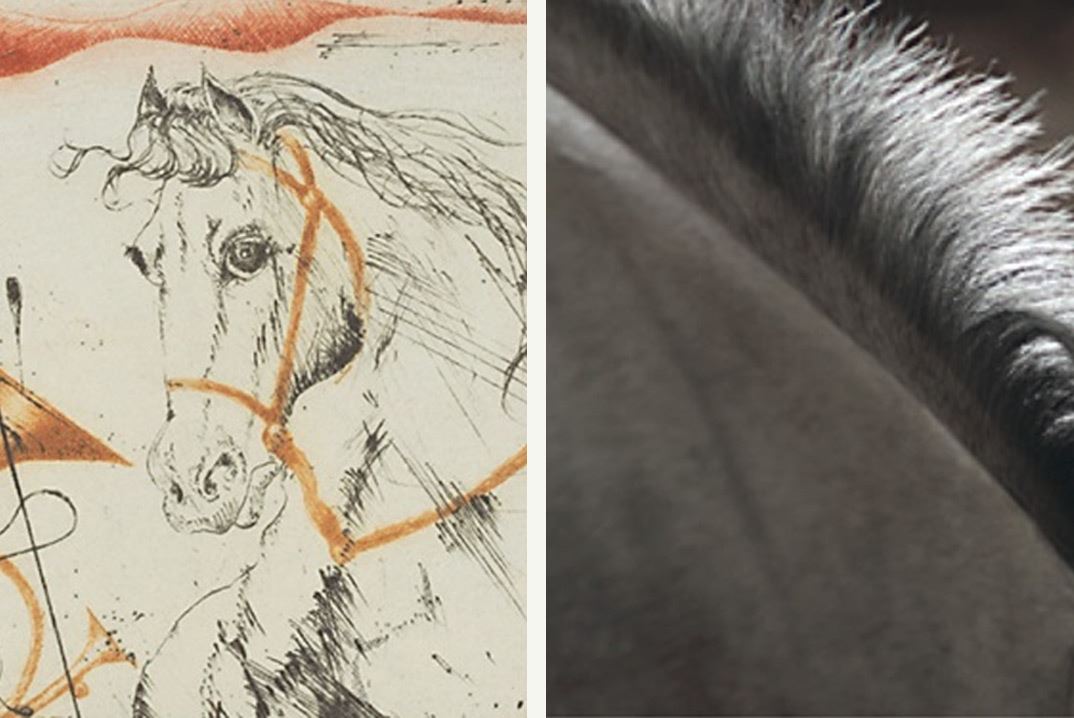
Strength and Freedom
Few creatures have inspired people’s imagination as much as the horse. Stone Age cave paintings preserve it in lively colour.
Many deities are depicted on horseback, some even in equine form. The winged steed Pegasus brought thunder and lightning to Zeus as insignia of his power, and in reward was immortalized as a constellation in the heavens.
Yes, the horse is taller than a man. But the rider towers above both. Riding fulfils the wish to merge with a higher being and overcome human barriers. The unity of horse and rider at the canter or gallop can bring about euphoric feelings – then as now.
Many deities are depicted on horseback, some even in equine form. The winged steed Pegasus brought thunder and lightning to Zeus as insignia of his power, and in reward was immortalized as a constellation in the heavens.
Yes, the horse is taller than a man. But the rider towers above both. Riding fulfils the wish to merge with a higher being and overcome human barriers. The unity of horse and rider at the canter or gallop can bring about euphoric feelings – then as now.
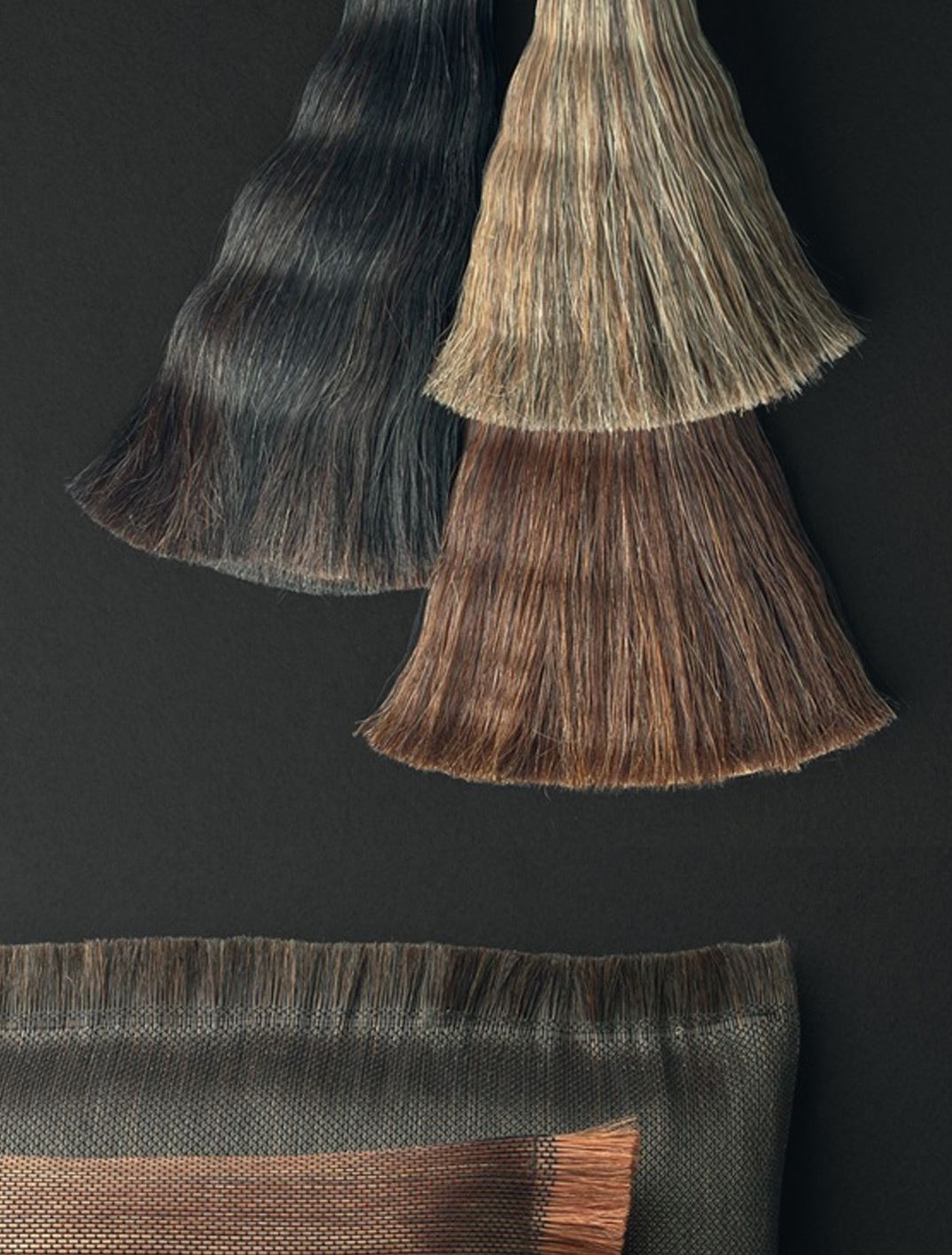
Creating the Unusual
The wondrous mane and tail of a horse are not just naturally beautiful but also able to withstand the elements.
Towards the end of the 18th century, horsehair began to enjoy a high status as an elegant material for chair coverings. At first it was woven exclusively by hand, but in 1872 the first mechanical loom for the coveted material was constructed.
Its natural properties and the difficulty of processing mean that horsehair is still used for extravagant furnishings and luxurious fashion accessories.
The entire spectrum of fascinating options offered by horsehair is achieved only by people who have mastered the traditional art of weaving by hand, such as Dorit Berger. Ever in search of unusual materials, she rediscovered the almost forgotten horsehair. “It looked fantastic: that amazing gleam”. Cool and smooth to the touch, but at the same time tough and long-lasting, the glossy fibres opened up “a thousand possibilities” for her.
Towards the end of the 18th century, horsehair began to enjoy a high status as an elegant material for chair coverings. At first it was woven exclusively by hand, but in 1872 the first mechanical loom for the coveted material was constructed.
Its natural properties and the difficulty of processing mean that horsehair is still used for extravagant furnishings and luxurious fashion accessories.
The entire spectrum of fascinating options offered by horsehair is achieved only by people who have mastered the traditional art of weaving by hand, such as Dorit Berger. Ever in search of unusual materials, she rediscovered the almost forgotten horsehair. “It looked fantastic: that amazing gleam”. Cool and smooth to the touch, but at the same time tough and long-lasting, the glossy fibres opened up “a thousand possibilities” for her.
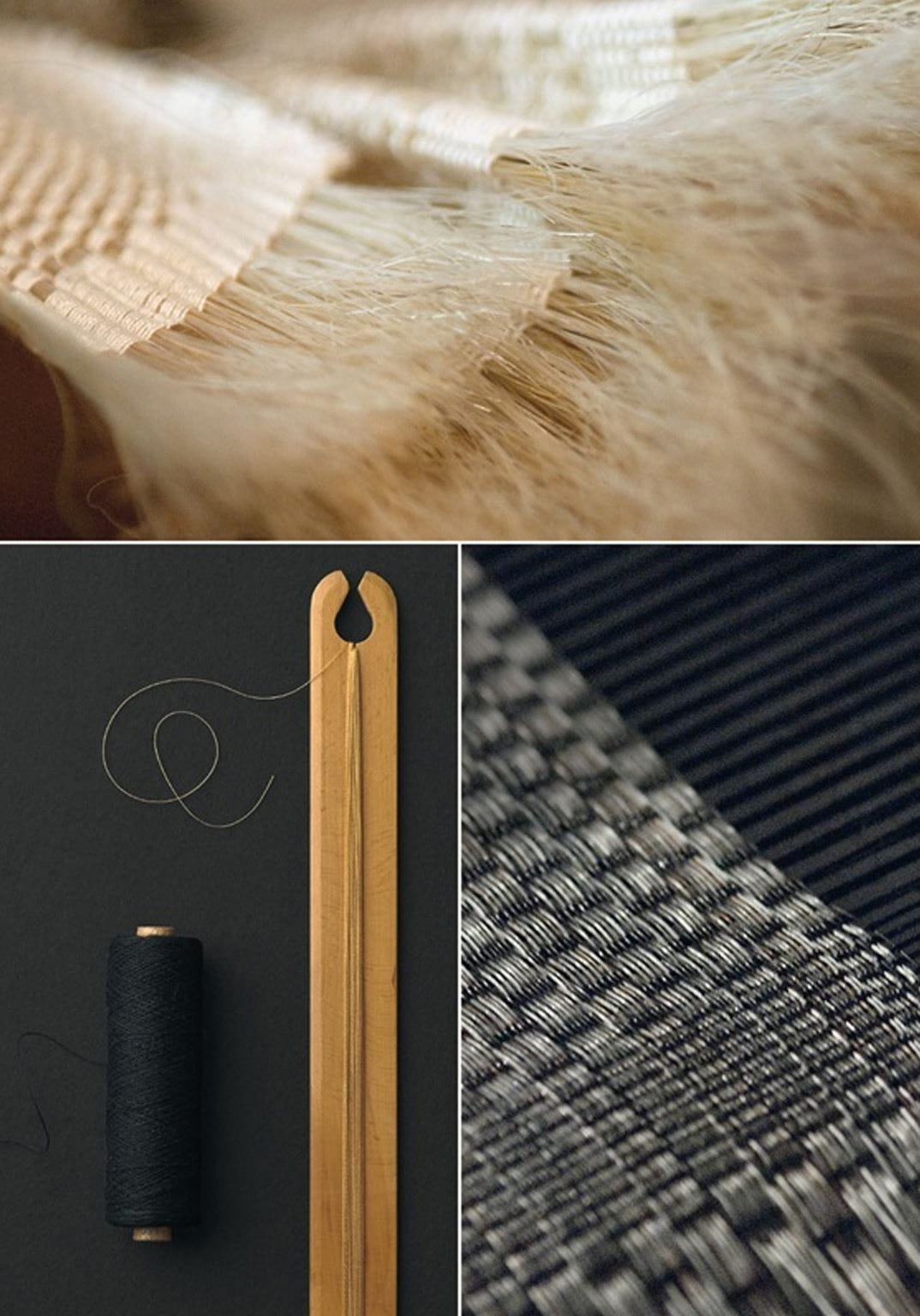
A near-forgotten Art
Producing horsehair fabric of top individual quality is an art that only a few weavers have learned to master.
There is only a single such expert in Germany: Dorit Berger. “I always wanted to learn to spin. There’s something fairytale about it. And the fascination has never let me go. ”After training as a master weaver she discovered the material as her very own.
Horsehair presents a special challenge. The tail hairs of a horse are relatively stiff and short, and so cannot be spun to a continuous thread. They certainly cannot be woven in the conventional way.
So as to create the filigree pattern of the Pen of the Year 2009, the hairs first have to be carefully selected for colour and uniform thickness. Then roughly 70 hairs are woven individually for each centimetre of fabric. That is extremely time-consuming. Hair by hair, a weave comes about with changing texture, light and dark, that contrasts so excitingly with the cool platinum-plated metal parts of the pen – so that each one brings out the finest nuances in its own way. Every horsehair fountain pen is an absolutely unique work of art!
There is only a single such expert in Germany: Dorit Berger. “I always wanted to learn to spin. There’s something fairytale about it. And the fascination has never let me go. ”After training as a master weaver she discovered the material as her very own.
Horsehair presents a special challenge. The tail hairs of a horse are relatively stiff and short, and so cannot be spun to a continuous thread. They certainly cannot be woven in the conventional way.
So as to create the filigree pattern of the Pen of the Year 2009, the hairs first have to be carefully selected for colour and uniform thickness. Then roughly 70 hairs are woven individually for each centimetre of fabric. That is extremely time-consuming. Hair by hair, a weave comes about with changing texture, light and dark, that contrasts so excitingly with the cool platinum-plated metal parts of the pen – so that each one brings out the finest nuances in its own way. Every horsehair fountain pen is an absolutely unique work of art!
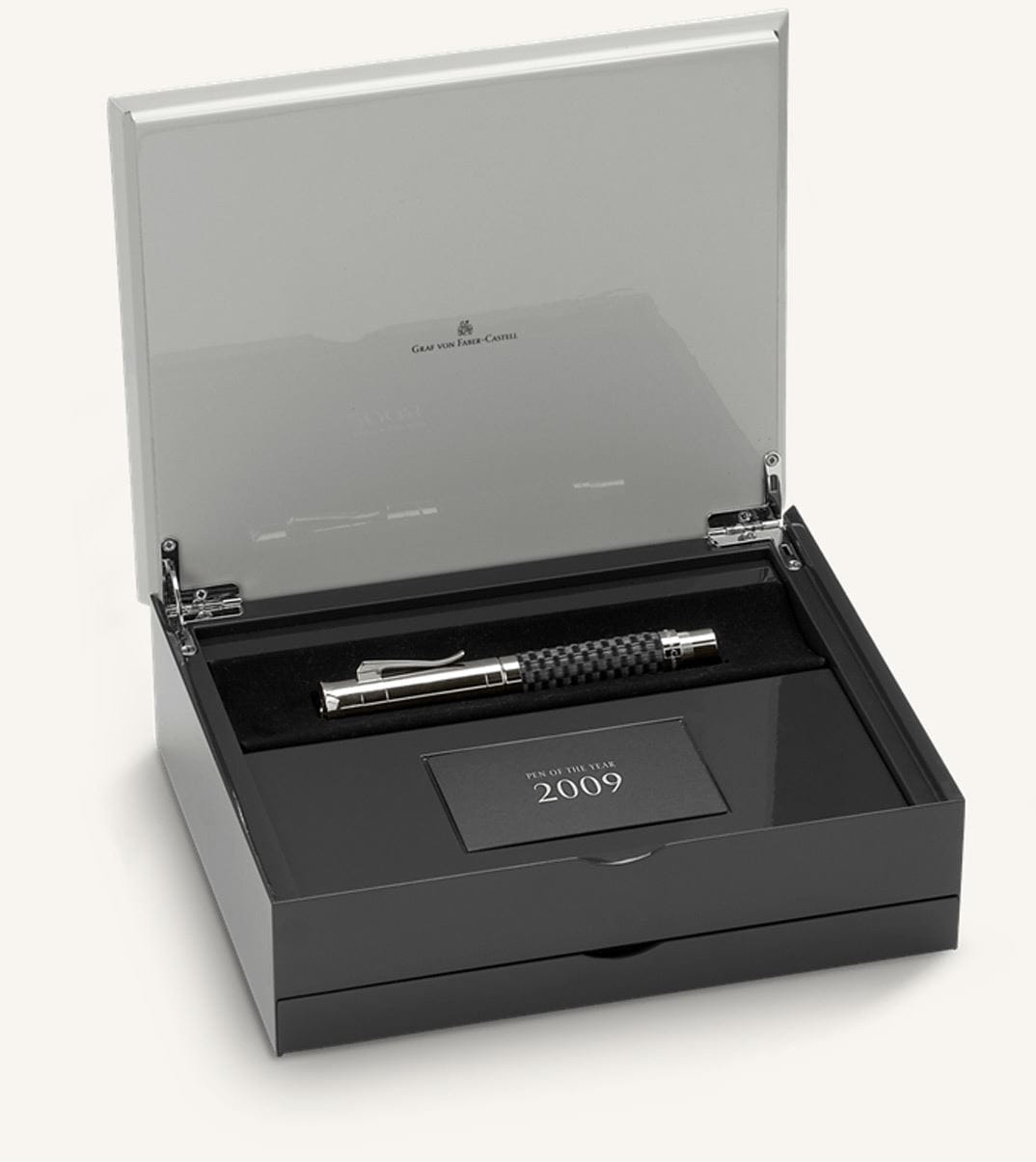
High Quality Presentation
Each pen is individually numbered and comes in a unique wooden case with a beautiful brochure and a certificate.
An accompanying certificate bears Dorit Berger’s signature, attesting to the limited edition and certifying the quality and genuineness of the horsehair used.
On request, a pen can be specially made from the tail hairs of your own horse.
An accompanying certificate bears Dorit Berger’s signature, attesting to the limited edition and certifying the quality and genuineness of the horsehair used.
On request, a pen can be specially made from the tail hairs of your own horse.
